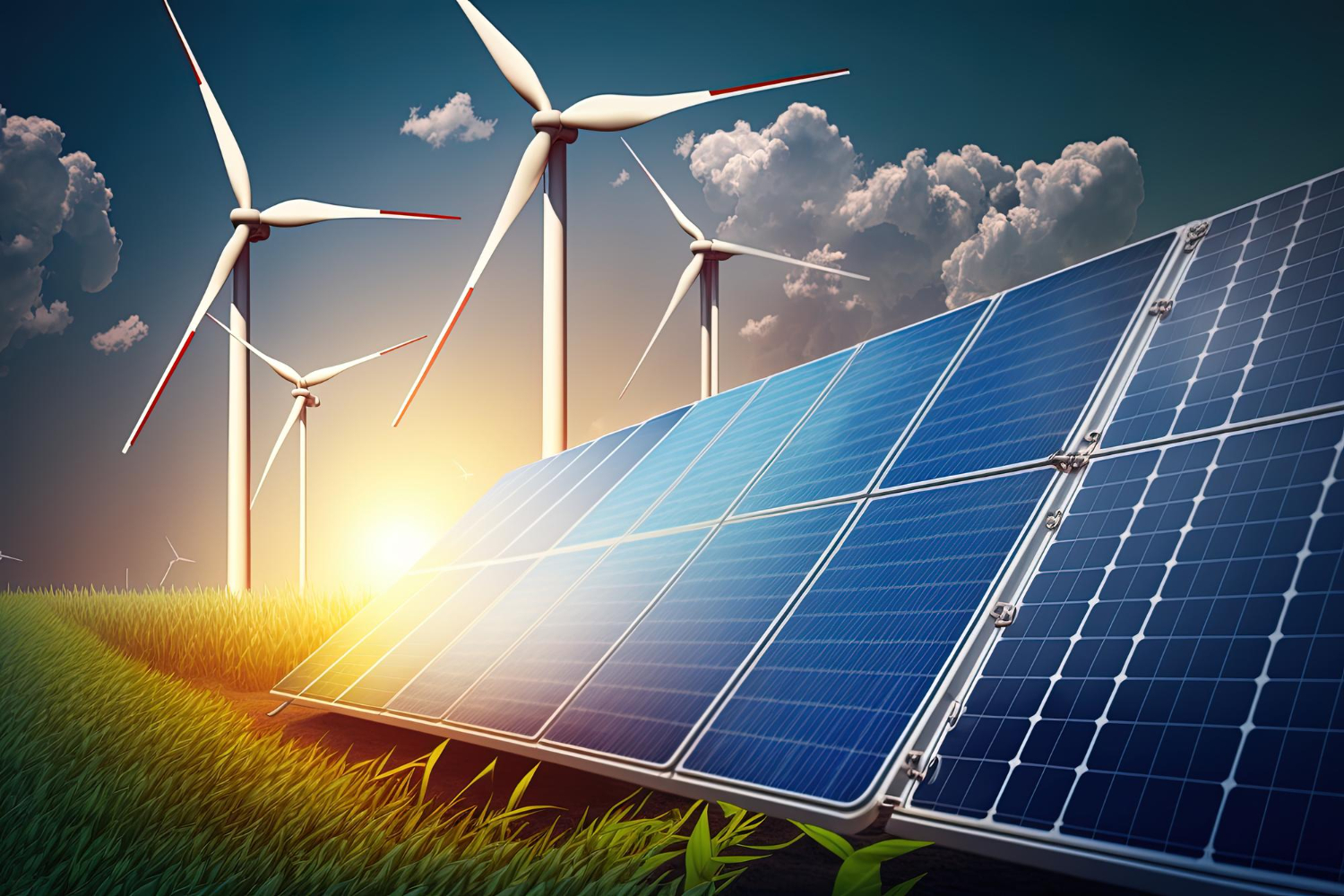
Within the domain of renewable energy, prioritising efficiency and dependable torque transmission stands as imperative. As engineers and experts in the gear industry navigate the complexities of renewable energy systems, gearboxes frequently emerge under the spotlight. These crucial components play a pivotal role in ensuring the smooth operation and optimal performance of various renewable energy applications, from wind turbines to hydroelectric plants. In this article, we will explore the significance of gearboxes in renewable energy, emphasising their role in enhancing efficiency, torque transmission, and the importance of proper lubrication.
In this article, you shall learn about the critical role which gearboxes play in wind turbines and other renewable energy systems.
Gearboxes serve as the vital interface between the low-speed shaft of renewable energy generators (such as wind turbines or hydroelectric turbines) and the high-speed shaft connected to the generator. Their primary function is to convert the relatively low rotational speeds of the turbine rotor into the higher speeds required by the generator for electricity generation. This speed conversion is crucial for maximising power output and efficiency.
Efficiency stands as a cornerstone in the realm of renewable energy. Any loss within the system directly impacts power output and overall performance. Gearboxes play a pivotal role in maintaining and enhancing efficiency within renewable energy systems.
One of the critical aspects influencing gearbox efficiency is gear design. Engineers meticulously design gearboxes to minimise friction, vibration, and heat generation, thereby reducing energy losses. Advanced materials and manufacturing techniques contribute to the development of high-precision gears capable of handling the demands of renewable energy applications.
Moreover, modern gearbox designs often incorporate helical or planetary gear configurations, which offer improved efficiency compared to traditional spur gears. These designs distribute loads more evenly, reducing wear and tear on gear teeth while optimising power transmission.
Torque transmission is another critical aspect addressed by gearboxes in renewable energy systems. It is defined as the rotational force generated by the turbine rotor, which must be efficiently transmitted to the generator for electricity production.
Gearboxes facilitate torque transmission by providing gear reduction or step-up ratios, aligning the rotational speeds between the turbine and the generator. By carefully selecting gear ratios and configurations, engineers ensure that the system operates within optimal torque and speed ranges, maximising energy extraction from renewable resources.
Furthermore, the reliability of torque transmission hinges on the durability and resilience of gearbox components. Rigorous testing and quality control measures are employed to guarantee that gearboxes can withstand the demanding operating conditions encountered in renewable energy applications, thereby ensuring long-term performance and minimal downtime.
Proper lubrication is paramount for maintaining the performance and longevity of gearboxes in renewable energy systems. Lubricants serve multiple critical functions, including reducing friction, dissipating heat, and preventing wear and corrosion.
Selecting the appropriate lubricant is crucial, considering the operating conditions and environmental factors unique to each renewable energy application. High-quality synthetic lubricants are often preferred for their superior performance and resistance to degradation under extreme temperatures and pressures.
Regular lubrication maintenance procedures, including monitoring oil levels, viscosity, and contamination, are essential for preventing premature gearbox failure. Implementing robust lubrication management practices not only ensures the reliability of gearboxes but also minimises maintenance costs and extends the service life of renewable energy systems.
Gearboxes stand as indispensable components within the realm of renewable energy, where efficiency and reliable torque transmission are paramount. As engineers and gear industry experts navigate the complexities of renewable energy systems, gearboxes emerge as focal points crucial for ensuring smooth operation and optimal performance across various applications, from wind turbines to hydroelectric plants.
By delving into the significance of gearboxes in renewable energy, this article underscores their pivotal role in enhancing efficiency, facilitating torque transmission, and highlighting the importance of proper lubrication. From converting rotational speeds to minimising energy losses through advanced gear designs to ensuring the durability and resilience of gearbox components, each aspect contributes to the overall success and sustainability of renewable energy systems.
As the demand for clean and sustainable energy continues to escalate, the optimization of gearboxes remains imperative for maximising power output, minimising downtime, and extending the service life of renewable energy infrastructure. Through ongoing innovation and diligent maintenance practices, the integration of efficient and reliable gearboxes will undoubtedly play a crucial role in shaping the future of renewable energy production.
